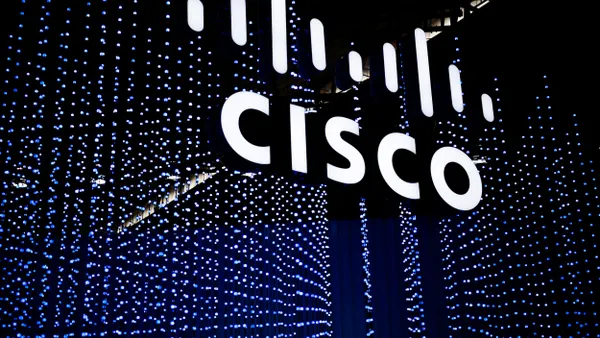Dive Brief:
-
Cyber insurance remains the fastest-growing market segment in U.S. property and casualty insurance, with direct written premiums totaling more than $7.2 billion in 2022, up 51% over the prior year, according to a report from Fitch Ratings.
-
Despite sharp price increases over recent years, cyber insurance is in high demand as a risk mitigation strategy, according to the report, which was released on Friday.
-
“It’s definitely one of the hottest topics in insurance,” Gerald Glombicki, a senior director in Fitch Ratings insurance group, said in an interview.
Dive Insight:
Premium rates for cyber coverage have skyrocketed in recent years, although the pace is stabilizing, according to Fitch. Last year, the firm reported that cyber insurance direct written premiums grew by 74% in 2021 to over $4.8 billion.
While cyber insurance has been U.S. property and casualty insurance’s fastest-growing segment over the last two years, it still represents a very small part of the overall market — 1% as of 2022, according to Fitch. Auto insurance is 384 times bigger, for example, Glombicki noted.
“It’s easier to be one of the fastest growing lines when you’re starting from a smaller base,” he said.
Demand for cyber insurance is rising amid heightened risks, including the ongoing threat of ransomware, a form of malicious software used by criminals to prevent companies from accessing their own computer files, systems or networks until a ransom is paid. Such attacks can also involve a threat to leak sensitive data to the public internet.
In addition, C-suite leaders face growing pressure from the government to pay closer attention to cybersecurity. A proposal from the Securities and Exchange Commission, for example, would require public companies to disclose information about the board of directors’ oversight of cybersecurity risk. They would be required to report material cybersecurity incidents within four business days.
Insurance broker Marsh said in a recent report that 36% of its U.S. clients purchased cyber insurance last year compared to 33% in 2020.
“The increase in the number of organizations purchasing coverage is a positive trend, reinforcing the view that insurance is an important part of a holistic cyber risk management strategy,” Greg Eskins, Marsh’s U.S. cyber product leader, said in a press release. “Buyer uncertainty still remains however — namely around war, cyber operations, and systemic/catastrophic risk exclusions — which we continue to tackle on behalf of clients,” he said.
Cyber insurance pricing increases moderated in the first quarter of the year for the fifth consecutive quarter, rising 11% on average in the U.S. compared to 28% in the prior quarter, according to Marsh’s report. The largest companies, those with greater than $1 billion in annual revenues, continue to be far more likely to purchase cyber insurance, it said.
For now, Fitch is predicting that cyber insurance premium rates will flatten further, which ultimately may lead to a negative shift in pricing trends. “The current downward cycle is unlikely to shift, barring a new wave of cyber incidents with higher loss severity or a large cyber catastrophe event,” Fitch’s report said.
Observers have attributed the deceleration of cyber premiums to multiple factors, including increased competition in the market. Fitch’s report noted that extensive demand for coverage and sharply rising prices have attracted new market participants. The top 10 U.S. cyber writers, including Chubb and Fairfax Financial Holdings, held 52% market share in 2022 compared with 57% in 2021 and 67% in 2020, according to Fitch.
The market’s stabilization has also been tied to a dip in ransomware claims in 2022. However, recent ransomware claim figures from Marsh show a different picture.
The number of ransomware claims filed by Marsh’s U.S. clients spiked 77% in the first quarter of the year compared with the prior three-month period, as reported by CFO Dive early last week. Marsh subsequently published the data as part of its cyber insurance report.














